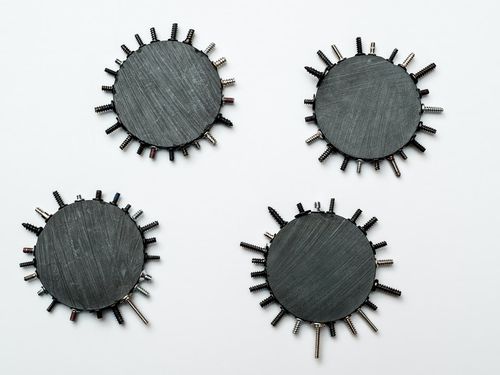What is Craniosacral Therapy?
Craniosacral therapy, or CST, is a safe, noninvasive manual therapy that eliminates stress and pain and brings the body back to a state of wholeness. Originally developed by osteopath Dr William Garner Sutherland in the early 1900s, the concept of craniosacral therapy was fine-tuned by Dr John Upledger in the 70s and has since been the point of reference in the practice of this modality.
CST involves working with the wave of fluid that surrounds the brain and the spinal cord to get rid of tension and restrictions, as well as restore the function of the nervous system. It is used to treat a wide range of mental, emotional and physical disorders such as stress, anxiety, migraines, back pain, chronic fatigue, PTSD, spinal problems, poor immune system and learning disabilities, among many others.

Why Study Craniosacral Therapy?
Taking formal education in CST will provide you with the tools to address the needs of people of all ages, from infants all the way to seniors. You can use the skills and knowledge that you gain to collaborate with other health practitioners or set up your own holistic clinic to treat all sorts of conditions affecting the mind, body and emotions.
What Does It Take to Study Craniosacral Therapy or Become a Practitioner of It?
Craniosacral therapy is commonly used by healthcare practitioners who specialise in manual therapies, such as osteopaths, massage therapists, chiropractors and physiotherapists, among others. However, even non-therapists can easily learn this modality, so long as you are open to studying its principles and practical application.
Course and Study Options for Craniosacral Therapy
You can learn CST through a short workshop or a one-year diploma-level course. Besides walking through the world of anatomy, you will learn how to develop a considerable degree of sensitivity, as well as palpation skills to determine a person's state of health and assist them in restoring balance and harmony.
If you're already a certified CST practitioner, working towards an advanced diploma-level qualification will take your career to greater heights.
Because craniosacral therapy is a hands-on modality, it is often taught in a face-to-face classroom setting, though most schools allow students some self-study time. If you're busy during the day and squeezing in time to study craniosacral therapy is just impossible, you'll be happy to know that several course providers are amenable to arranging a schedule which fits your lifestyle.
How to Choose a School or Course in Craniosacral Therapy
There's no better way to learn craniosacral therapy than from a registered training organisation (RTO) whose curriculum is recognised by peak bodies representing certified CST practitioners in Australia. At the top of this page, you'll find a complete list of course providers that specialise in this field of study. Take the time to browse through their offerings to figure out which one aligns with your goals.
Better yet, contact your preferred school to directly enquire about their course material, tuition fees, delivery method and prerequisites for the program that you wish to enrol in.









